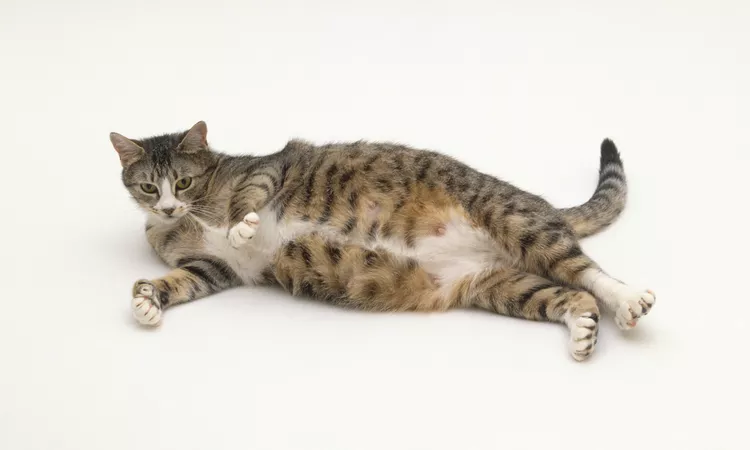
So you were a little slow in having her spayed and your cat turned up pregnant. Or, perhaps a pregnant stray adopted you. Maybe you are working with a rescue group and this is your first fostering experience with a pregnant cat. Where do you go from here?
Your first major decision is whether or not to allow the pregnancy to continue. Pregnant cats (called queens) can be spayed, which includes cat abortion, but the decision depends on a number of factors, which you should discuss with your veterinarian and your family.
Spaying a pregnant cat includes abortion, a word that evokes a variety of emotions. Proponents don't like having to take the lives of unborn kittens, but their position is based on pragmatic reasoning. Opponents simply do not like the taking of lives under any circumstances, whether born or unborn.
Many animal shelters automatically spay a pregnant cat that comes into the shelter. Some no-kill shelters allow the mother cat to give birth, especially if the pregnancy is late-term. Some rescue groups opt to never spay a rescued pregnant cat.
The enormous cat overpopulation problem is partially caused by cat owners' failure to spay or neuter their cats. Unspayed cats that spend time outside are highly likely to become pregnant. Whether owned, stray, or feral, these cats and their surviving kittens continue to mate, and the offspring from those matings continue to mate. Unspayed females can become pregnant by one or more of their non-neutered male kittens. A pregnant female cat and her descendants can account for the births of several hundred kittens in just a few years.
Animal rescue groups, humane societies, and TNR (trap-neuter-release) groups are overwhelmed in trying to control cat overpopulation, and "kitten season," which extends for a long part of each year in many geographical areas, is met with dread by these groups. They know this year's kitten crop will be responsible for the deaths of last year's kittens or older cats at shelters. There simply isn't enough space to house them all, and something must give. It's a matter of supply and demand and young kittens are in the highest demand.
Spaying a rescued pregnant cat can help contain the overpopulation problem. There are simply too few homes for the huge number of homeless cats. Preventing an unplanned litter may also help prevent the deaths of living cats and kittens. Even when a pregnant female cat is adopted by the finder, and there are good homes waiting for her kittens, some people view each of those kittens as being indirectly responsible for the death of a shelter cat or kitten that might have been adopted into one of those homes.
Of course, there is no evidence that the people who plan to adopt the mother and/or kittens would have gone to the shelter instead. Perhaps they weren't even looking for a cat until they heard a friend, neighbor, or co-worker had adoptable kittens. An individual who is willing to keep both the mother cat and the kittens or find good, permanent homes for them, should not be made to feel guilty for allowing the birth. Of course, the mother cat and her kittens should be spayed and neutered as soon as possible.
If the pregnant cat is very young, very old, or in poor health, pregnancy can cause even more health problems. Sometimes, the kindest and most compassionate action anyone could take with one of these cats is to spay her and abort her litter.
If you've decided to let your queen have her kittens, you likely have a number of questions about how to take care of your pregnant cat. A good place to start is with your veterinarian. Your main responsibility will be to feed a high-quality diet formulated for growth and to maintain a comfortable and safe environment for your pregnant cat.
A queen's gestation period typically runs from 65 to 67 days but can be highly variable. By the time you notice she is pregnant, she'll likely be at least three weeks along. By six weeks, the pregnancy becomes more apparent. At this time, your vet can take an X-ray to count the number of fetuses. Litters can range from one to eight or more kittens, with an average of two to five kittens and maximum numbers occurring with queens between the ages of 2 and 8.
It's helpful to know how many kittens are expected before the mother cat gives birth. A veterinarian can provide an estimated number of kittens based on a radiograph or an ultrasound. Although your cat is unlikely to need your help during labor and birth, complications can occasionally arise. You will be able to tell if she is in distress between kitten births if you know how many are expected. You can watch her give birth from a safe distance, only intervening if there's a problem.

Cute Pictures & Facts About Calico Cats & Kittens
Learn fascinating facts about calico cats, including photos, the genetics behind this color combination, and common folklore and traditions.
How to Prevent Cat Separation Anxiety During Vacations
Discover why cats develop litter box problems and cat behavior problems when you go on vacation and what you can do about it to help them.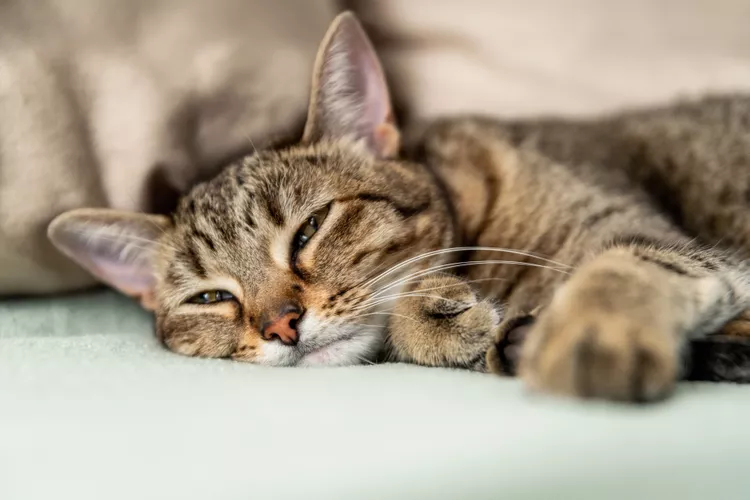
Cat Behavior Changes That Might Mean Something's Wrong
Cats' behavioral changes may indicate problems—or they may mean nothing at all. Explore causes of odd behavior and what to do about them.
Lhasa Apso: Dog Breed Characteristics & Care
The Lhasa apso is an ancient breed from Tibet that was bred to be a watchdog. Learn about its history, health, exercise needs, and more.
Reasons Why Dogs Run Away and How to Stop It
Dogs can escape, especially if they’re bored and not properly contained. Here are some techniques for stopping your dog from running away.
Can Dogs Get Depression? How to Help Your Sad Dog
Can dogs get depression? Learn about the signs of depression in dogs and find out how to help your sad dog.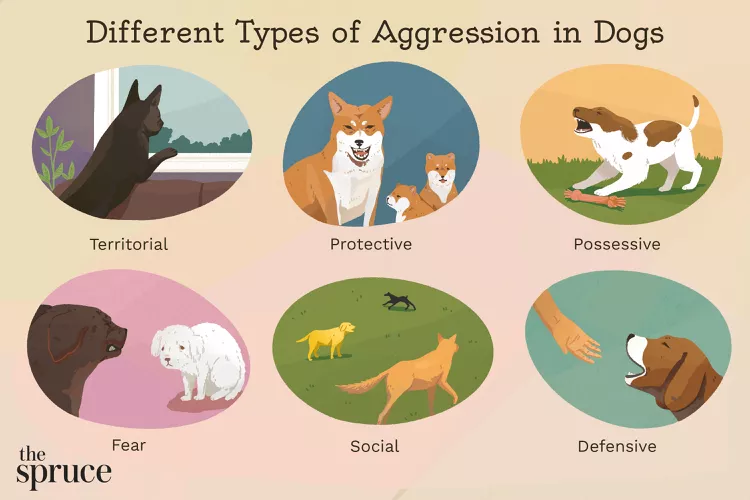
How to Stop Aggression in Dogs
Dog aggression can be a serious behavior issue for pet owners. Learn how to stop aggression in dogs before someone gets hurt.
How to Stop Your Dog From Growling
A growling dog can soon become even more aggressive. Reduce the noise and potential for a dangerous situation with some of these techniques.
Why Do Dogs Dig Holes? How to Stop Your Dog from Relandscaping Your Yard
Dogs have been digging holes for centuries and for many reasons. Whether they’re bored or want to cool off in the dirt, here are the top reasons why dogs dig holes.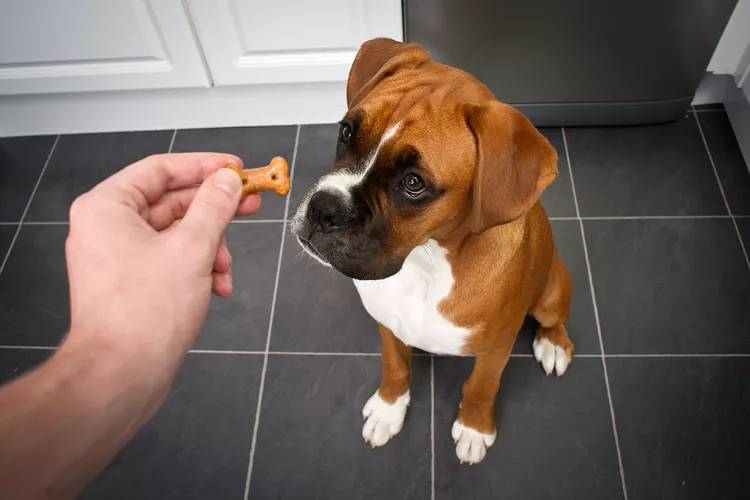
Dog Treat Varieties
Learn about the different types of dog treats on the market and decide which are best for your dog.
Can Dogs Eat Asparagus?
Dogs can eat asparagus, provided the vegetable is cooked plain and cut up for them. Seasonings, salt, and butter make it unhealthy for dogs.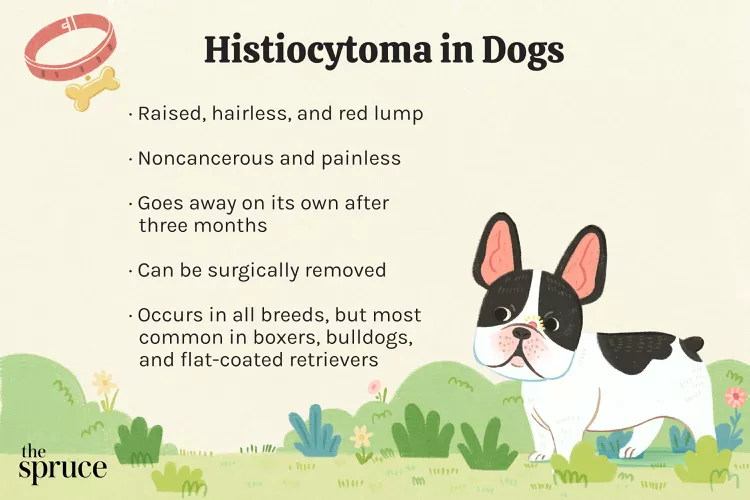
Histiocytomas in Dogs
A histiocytoma is a type of benign (non-cancerous) skin lump that usually affects young dogs. Learn the causes, treatment, and prevention.
Why Is My Dog’s Eye Swollen?
If your dog's eye is swollen, she may need veterinary attention. The inflammation could be caused by allergies, an injury, or even a tumor.
Common Bugs and Parasites Found on and Inside Dogs
Learn about common types of parasites in dogs. Find out how to treat and prevent parasites to keep your dog, your family, and yourself safe.
Exploring the Different Types of Pet-Friendly Beaches
Are you looking for pet-friendly beaches? Learn about the different types of pet-friendly beaches, their locations, and tips for visiting them with your pet.
10 Obscure, Little-known Canine Facts in Honor of National Dog Day
With National Dog Day upon us, it's time to celebrate everything about our favorite pets—even the weirder stuff. Here are 10 obscure facts about dogs you probably didn't know.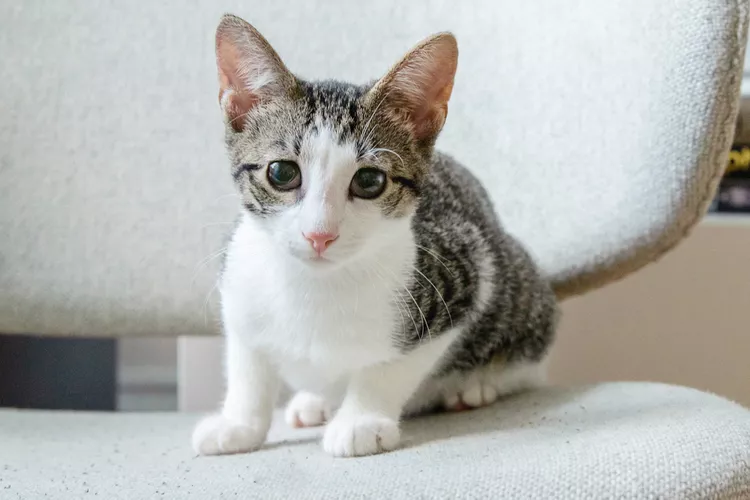
Kitten Development From 3 to 6 Months Old
Kittens grow and change a lot during their first year. Find out what happens between the ages of three months and six months old.
95 Siamese Cat Names
Our list of Siamese cat names has diverse and fun options to help you choose the ideal moniker for your elegant and lovable feline companion.
What to Buy for Your New Cat: A List of Essentials
Before you bring your new cat or kitten home, there are a number of things to collect or buy so your cat will feel welcomed like a family member.
The 6 Best Cat Nail Clippers of 2024 for a Safe Trim
Clipping your cat's nails can save your furniture and keep your kitty comfortable. We asked veterinarians for their cat nail clipper recommendations.